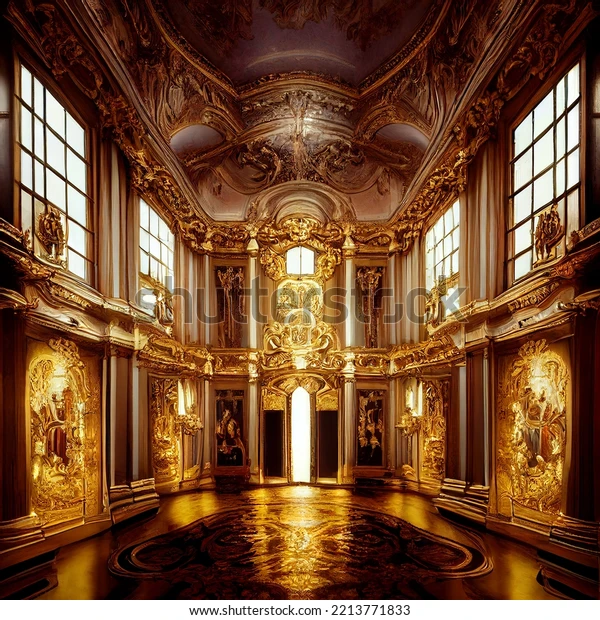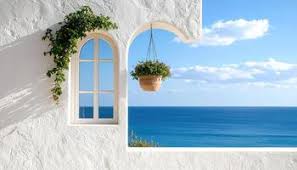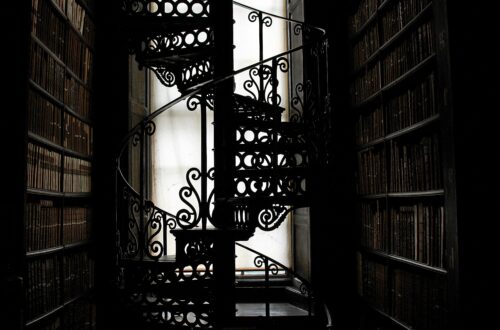
The Baroque era, emerging in the 17th century, marked a period of opulence, grandeur, and heightened emotion in both art and architecture. Derived from the Portuguese term “barroco,” meaning a misshapen pearl, the Baroque style is anything but imperfect. It is a representation of drama, richness, and exuberance. Let’s dive deep into the world of Baroque interior design, unraveling its distinctive features and timeless appeal.
Historical Context
The Baroque style emerged in Italy around the late 16th century, and it served as a counter to the understated and proportionate designs of the Renaissance period. Highly encouraged by the Roman Catholic Church, the Baroque style was seen as a means to showcase the Church’s renewed strength and grandeur, especially in response to the Protestant Reformation.
Key Features of Baroque Interior Design



1. Grandeur and Contrast
Baroque spaces are known for their large-scale, imposing structures. Rooms are expansive, with high ceilings. There’s a deliberate play of contrast—dark versus light, curved versus straight—which adds drama and dynamism to the interiors.
2. Ornate Detailing
Every inch of a Baroque interior is meticulously designed. From ornate moldings, ceiling roses, and frescoes to lavish tapestries and inlaid floors, the detailing is intricate and meant to captivate.

3. Luxurious Materials
Baroque is synonymous with luxury. Expect to see liberal use of gold, velvet, brocade, marble, and rich woods. These luxurious materials not only add visual interest but also tactile allure.
4. Curves and Organic Shapes
One of the most defining elements of Baroque interiors is the use of curves. Whether it’s the voluptuous legs of furniture, curved walls, or the ornate, swirling patterns on fabrics and tiles, the organic, undulating shapes are key.
5. Dramatic Lighting
Chandeliers, often made of crystal and gold, are a staple. They not only illuminate the room but also cast intricate shadows, adding to the ambiance. Large windows, draped in lush, heavy fabrics, allow natural light to flood in, further emphasizing the play of light and dark.
6. Bold Colors
Baroque interiors are characterized by their deep, rich color palettes. Think deep reds, purples, emerald greens, and navy blues complemented by gold and silver accents.

7. Exquisite Furniture
Furniture pieces in Baroque interiors are large, with intricate carvings, gilding, and high-relief details. Upholstery is plush, using fabrics like velvet, silk, and brocade, often in jewel tones.

Baroque Today: Incorporating Elements in Modern Homes
While a full-blown Baroque interior may feel overwhelming in today’s homes, elements of the style can be incorporated for a touch of opulence:
- Statement Chandeliers: Choose a dramatic, ornate chandelier as the centerpiece for your living or dining room.
- Velvet Accents: A velvet-upholstered chair or plush velvet cushions can add a Baroque feel without overpowering the space.
- Gold Touches: Incorporate gold through picture frames, mirror frames, or even gold-accented wallpaper.
- Bold Wall Colors: Paint a feature wall in a deep, Baroque-inspired color for an instant touch of drama.
Conclusion
Baroque interior design, with its intense drama and unparalleled opulence, offers a journey into a time of unabashed luxury and grand expressions. While it may be lavish for some, the Baroque style’s essence—its passion, its flair, and its emphasis on the intricate beauty—can be embraced in even the most contemporary homes. Whether you go all out or just incorporate a touch of Baroque, there’s no denying the timeless appeal of this extravagant style.
In My Opinion
As a traditional design lover, I do love this style. It is over the top and takes itself seriously. I love the luxury, drama and boldness. In the appropriate space, you can create something beautiful. It just needs to be done right. Even in smaller spaces you can incorporate some of the foundational design ideas for this style but in the appropriate scale in the specific space. Don’t overwhelm the room(s).


